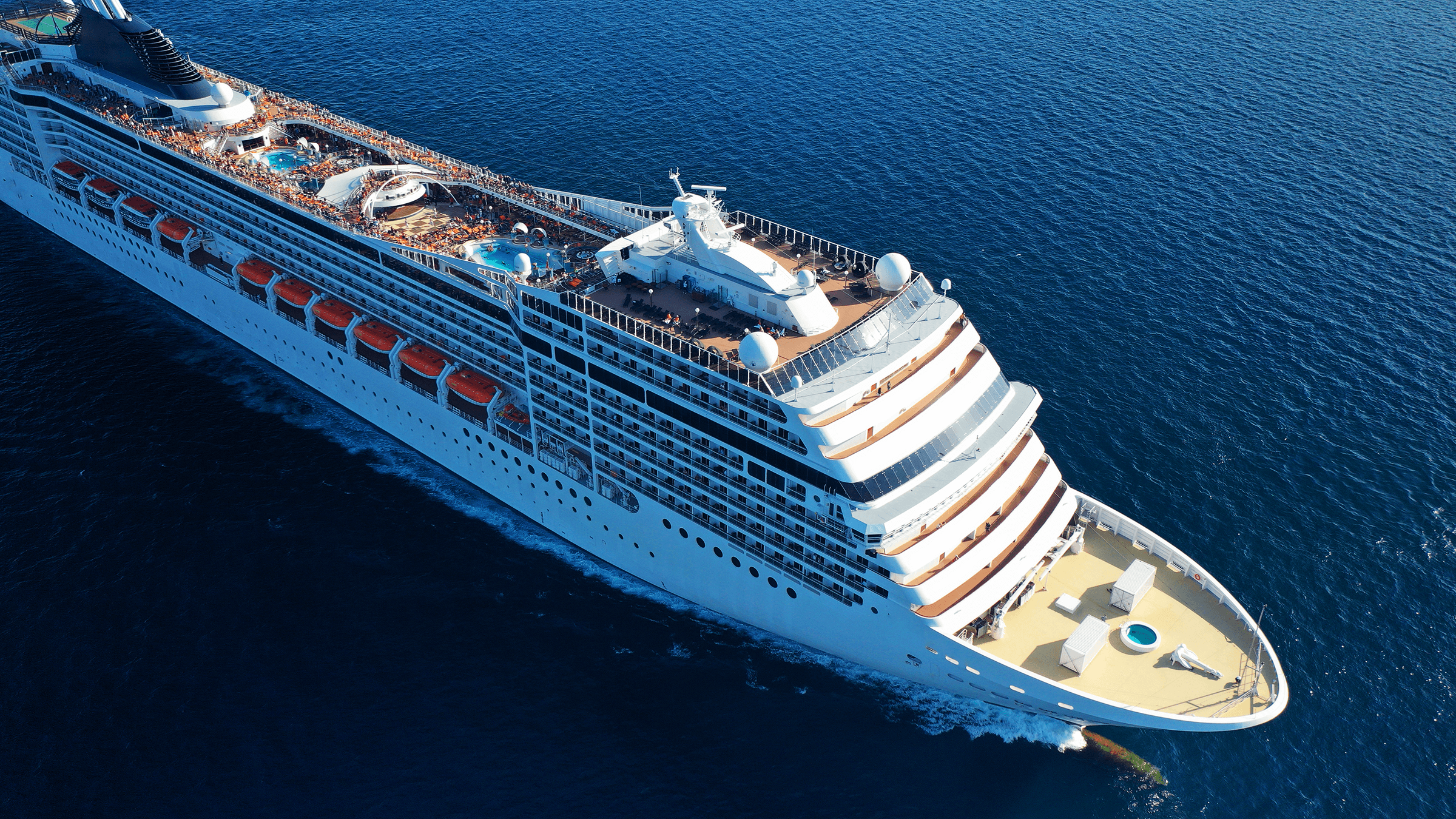Is there a corner of the travel sector more resilient than cruises? Just two years ago, Covid-19 had ground the cruise segment to a halt: losses were mounting, share prices were falling, and ships were being dubbed ‘floating petri dishes’ in the global press. But today, the industry is booming. Reclaiming its title as the fastest-growing segment of the tourism sector, the cruise sector is not only bouncing back, but surpassing pre-pandemic levels and innovating into the future.
But what is it that makes cruises so successful? In this column, I’ll take an in-depth look at the cruise industry – exploring what has made it so resilient, the priorities and challenges for leaders, and what we can expect from the industry in the months and years to come.
Fundamentally, much of the industry’s strength can be put down to its fiercely loyal customer base. World over, people are drawn to the ease, relative value proposition and variation of cruises, with many passengers opting to holiday by cruise year in, year out. Royal Caribbean, one of the biggest lines on the market, predicts that up to fifty percent of its customers are repeat passengers, and earlier this year, the Cruise Lines International Association found that nearly 80% of travellers who have cruised before say they will cruise again.
The cruise passenger demographic is also extremely broad reaching. Contrary to popular belief, cruises aren’t just enjoyed by older people: between 2018 and 2020, more than half of all cruisers were below the age of 40. There are options for families (Disney has just announced plans to introduce a new entirely Aladdin-themed cruise to its fleet), hyper-luxury offerings (entry-level prices for Regent Seven Seas Cruises deluxe veranda suites start from $21,199 per guest), and cruises for those who love adventure (Seabourn Expedition Cruises take passengers to remote destinations not accessible by land, offering submarine trips and iceberg kayaking). For anyone averse to the open sea, river cruises are steadily growing in popularity. The market is predicted to be worth $1.45bn by the end of this year.
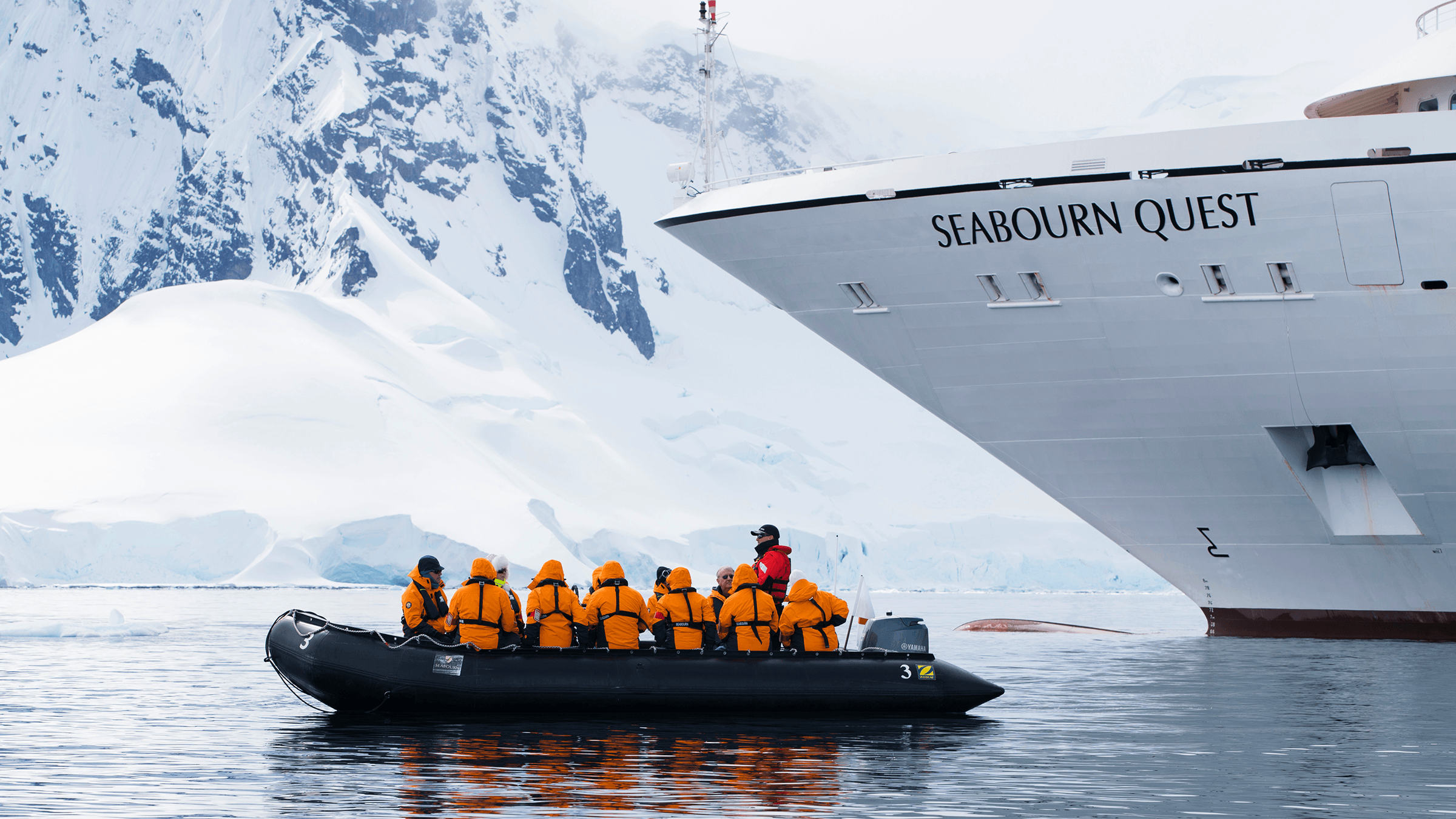
Against this backdrop, it is in many ways unsurprising that the industry has bounced back so quickly. In April, Carnival and Royal Caribbean reported record-breaking booking volumes, and global passenger numbers are expected to rise 12% above pre-pandemic levels by 2026.
“In April, Carnival and Royal Caribbean reported record-breaking booking volumes, and global passenger numbers are expected to rise 12% above pre-pandemic levels by 2026.”
But looking ahead, it won’t all be plain sailing. Cruise businesses face a raft of challenges: some longstanding, like how to limit the industry’s environmental impact, and others new, like how to attract customers during a generation-defining cost-of-living crisis.
Perhaps most urgently, as companies recover from the pandemic, they are facing billions of pounds worth of debt, as well as serious financial strains from the rising cost of fuel, food and other goods. Alongside refinancing measures, businesses are taking creative steps to save cash. In a recent interview with the FT, Royal Caribbean’s chief executive Jason Liberty shared that the business is becoming ‘more nimble’ in response to the inflation of food costs. The company now sources its bacon from Mexico, for example, where prices are far lower than in the US. “We just load up our ships in Mexico,” he said, “and become our own supply chain or transporter of bacon for our fleet.”
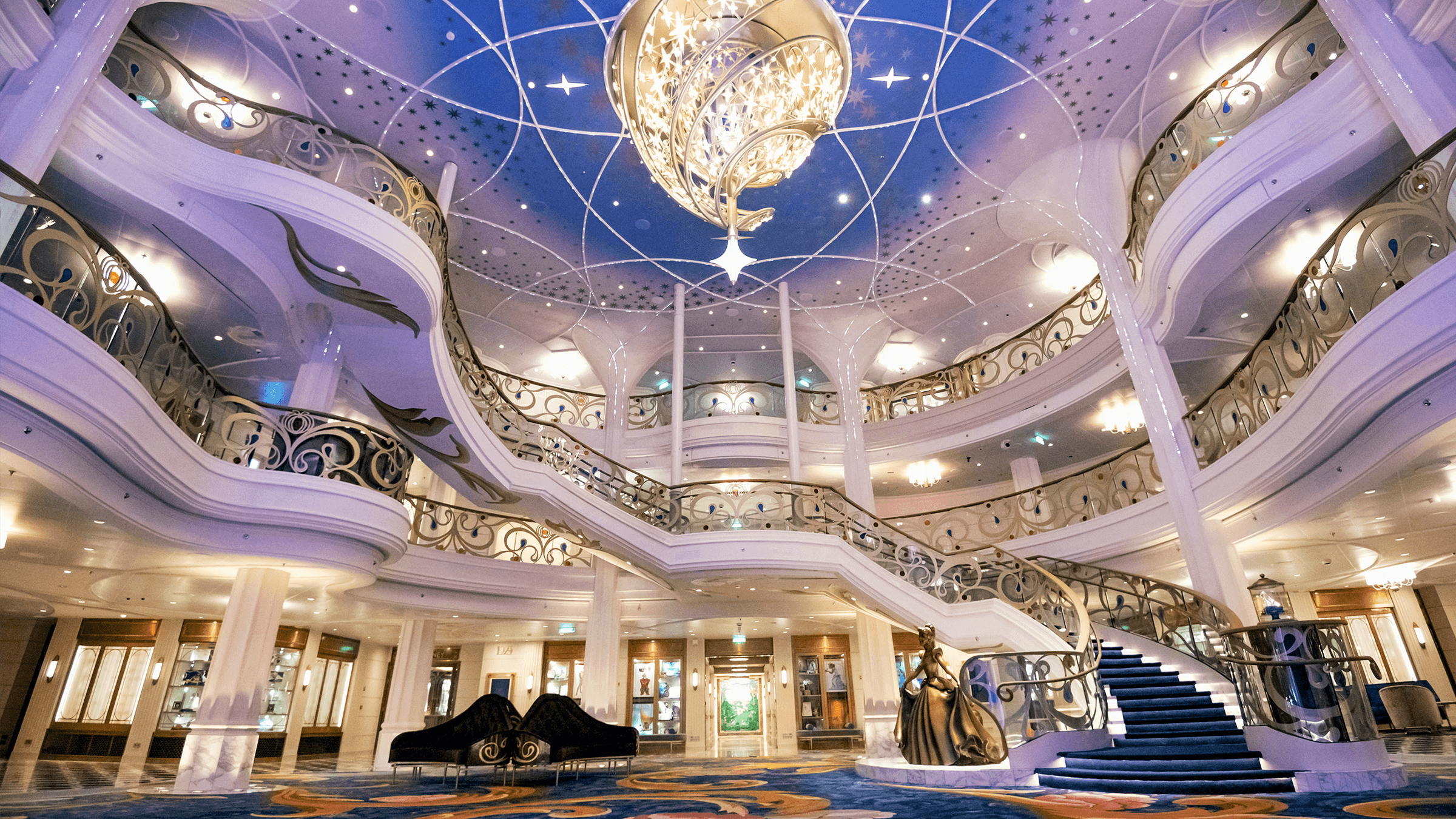
Businesses have already started raising prices. In May, Greek Islands cruise specialist Celestyal Cruises became the first cruise line to introduce a fuel surcharge, of $8 per person, per day. And in April, both Carnival and Norwegian announced hikes for onboard services, including Wi-Fi, specialty dining and beverage packages.
Despite price increases, most analysts predict cruises will be recession-proof. Much like package holidays, cruises include fewer surprise costs. And the loyalty of cruise customers means that many are willing to give up other expenses to pay for a cruise trip.
“The loyalty of cruise customers means that many are willing to give up other expenses to pay for a cruise trip.”
Staffing is another priority. Much like the rest of the hospitality and travel sector, cruise companies are operating in a highly challenging labour market. In May of this year, cruise lines were forced to cap capacity, shut on-board restaurants, and pull ships out of service due to staff shortages. At a time when people are expecting more flexibility from their employer, cruise companies must think carefully about how to build an attractive work environment.
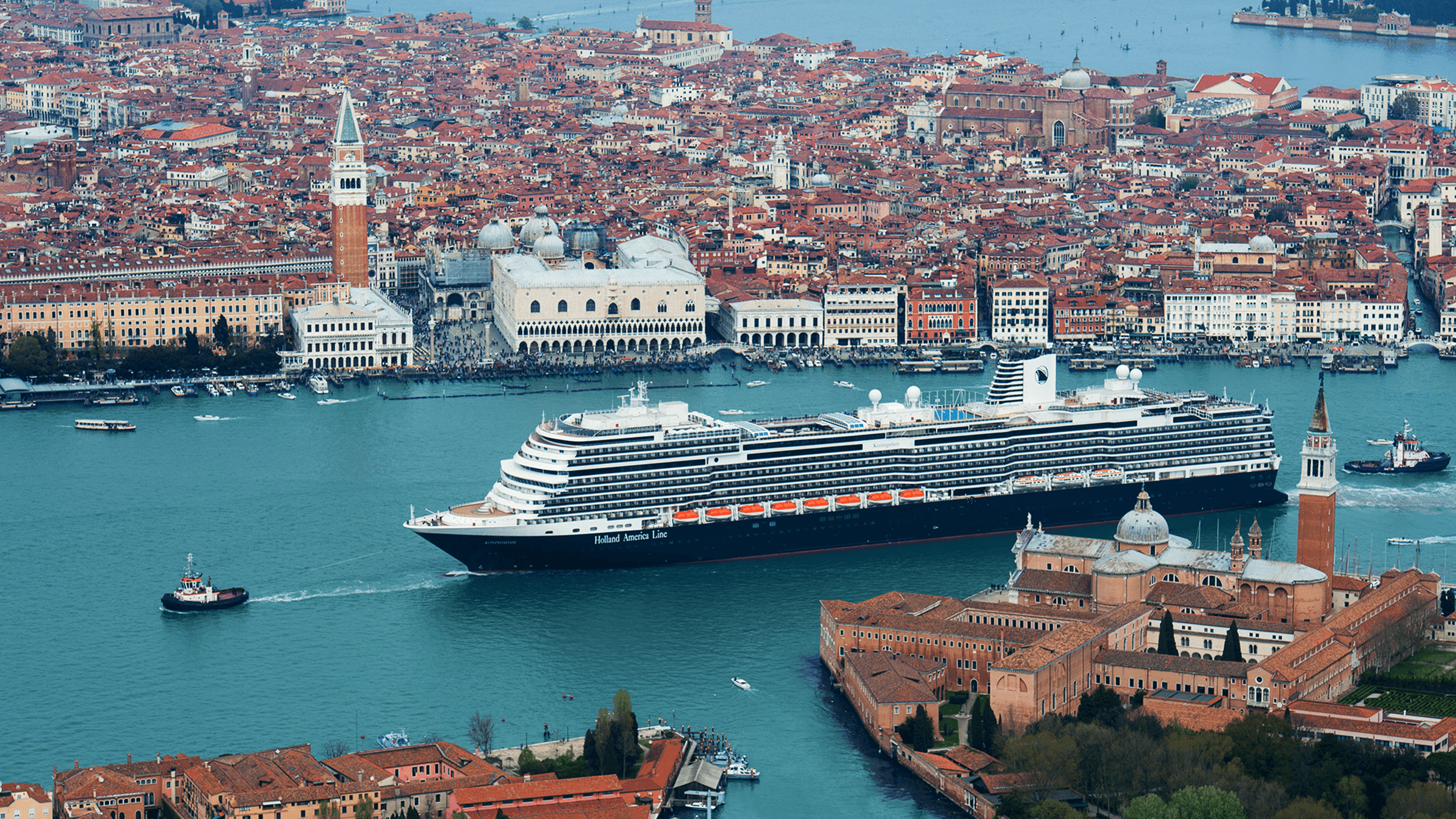
There are also some significant reputational challenges. After the pandemic, a major priority is proving that ships are safe from a customer health perspective. MSC Cruises, the biggest European operator, has said it now has up to three doctors and seven nurses on board each cruise and has earmarked isolation zones with double height balcony rooms for guests who test positive. Similarly, Carnival said it made improvements across “the full clinical spectrum”, from extra oxygen to more intensive care equipment.
Moreover, as the reality of the climate emergency becomes increasingly clear, cruise lines must think of ways to adapt their operations to become more planet-friendly. According to a recent study published in Marine Pollution Bulletin, a large cruise ship can have a carbon footprint greater than 12,000 cars, while passengers on an Antarctic cruise can produce as much CO2 emissions on a seven-day voyage as the average European in an entire year. There’s also heavy pressure from port cities, whose residents and politicians are increasingly protesting against the air pollution and influx of tourists brought by cruise ships.
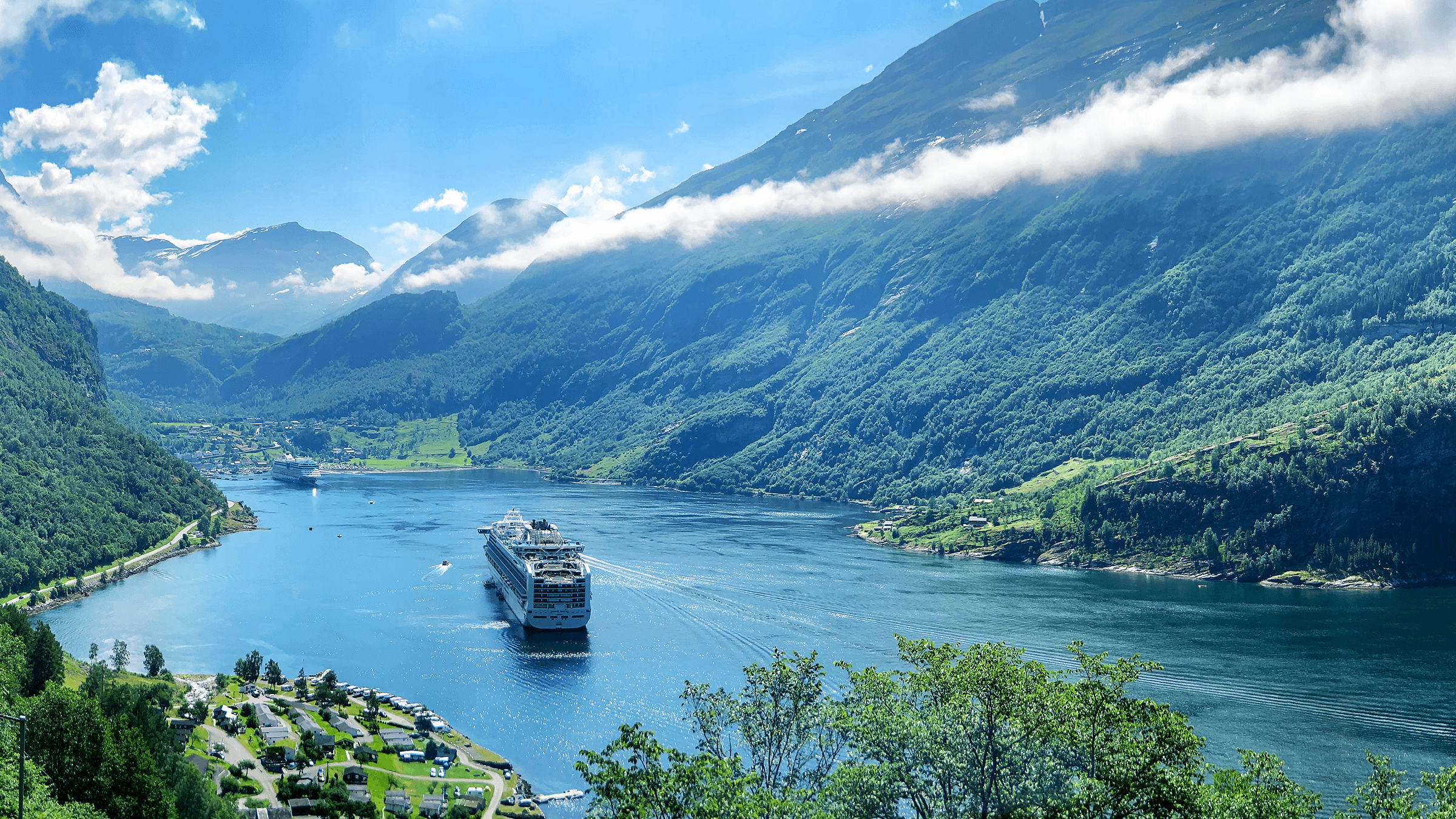
The industry must move to greener and fairer practices. EU-wide regulations, expected later this year, will ramp up scrutiny on ship operators as the sector moves towards its goal of net zero emissions by 2050. In the meantime, those companies which fail to act will come under increased pressure from governments, environmental groups and a new generation of consumers for whom sustainability is high on the agenda.
Cruises are certainly looking to the future. Last month, Royal Caribbean announced a partnership with Elon Musk’s Starlink to provide satellite internet on its entire fleet. SpaceX says it plans on expanding Starlink Maritime to cover most of the world’s oceans by Q1 2023.
We’re also seeing companies seek a new demographic of cruiser. Virgin’s recently-launched adults-only offering is clearly designed to attract the millennial and Gen Z customer; its website informs readers that “we obviously sail our cruise ships with sass,” and encourages customers to “play all night and sleep all day”.
Looking ahead, it seems that if cruises can survive a global pandemic, then they will certainly prove resilient in a recession. The commercial landscape is challenging, but businesses that are creative with cost and can adapt to change will find themselves at the front of the pack. I for one am excited to see what comes next.
Thirza.Danielson@thembsgroup.co.uk | @TheMBSGroup





